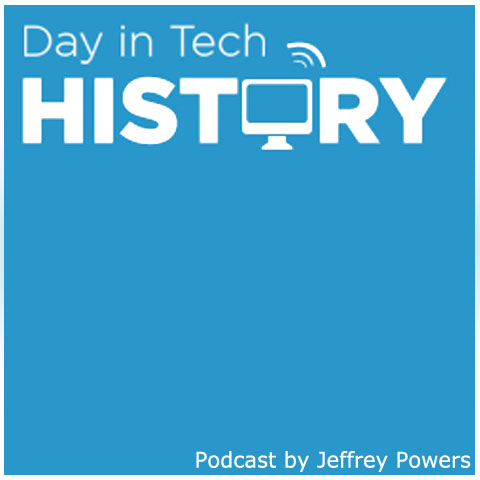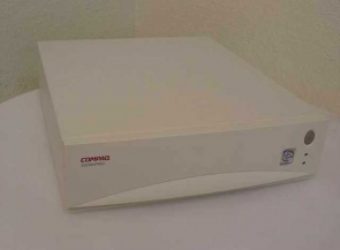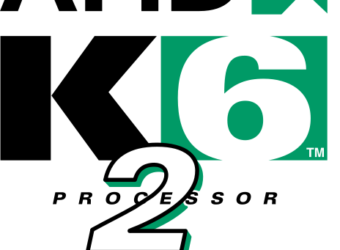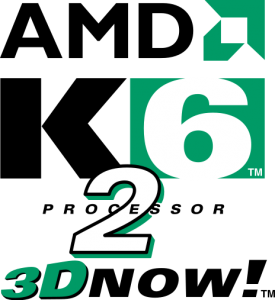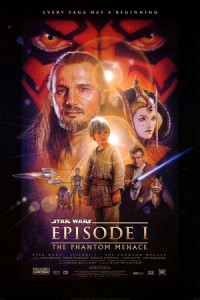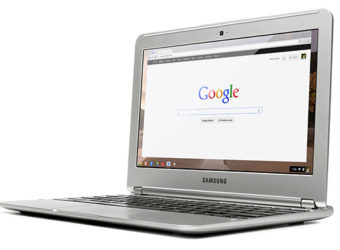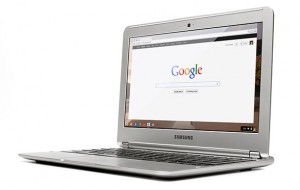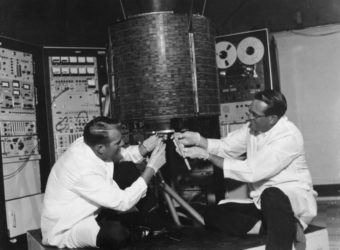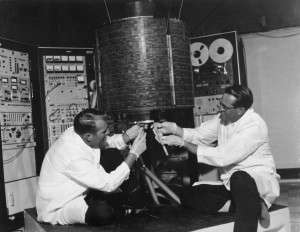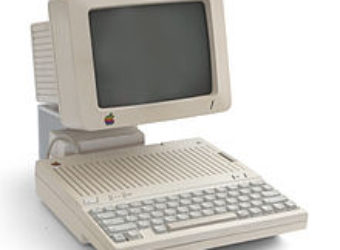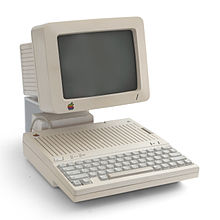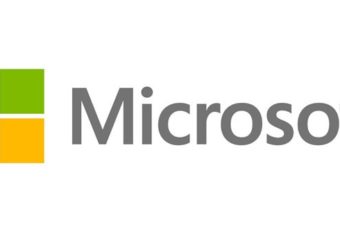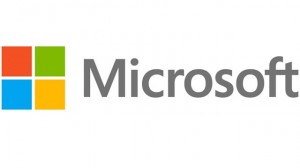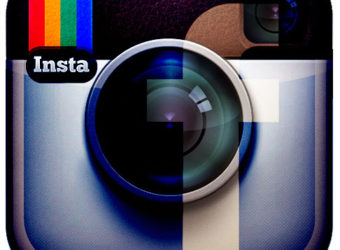June 16, 1997: NetPC Announced
Subscribe! Spotify | RSS | More
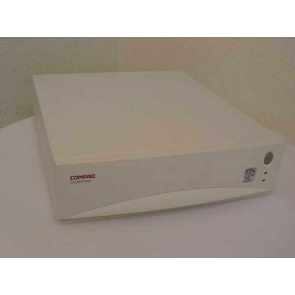
1997 – Several computer companies banded together to help create the NetPC. A disk-less computer that got all information, including install – from a corporate server or the Internet.
Basically, these would be similar to thin clients or “Dumb terminals” for work computers. No CD drive, no floppy disc and limited disk space. Cases were sealed so nobody could get inside to reconfigure the computer. Installs would be handled via the Internet, therefore, no personal software could be installed.
Microsoft and Intel unveiled the system at the PC Expo trade show. NetPC would work with Compaq, Dell, IBM, HP, Acer, Gateway 2000, Mitac, Misubishi, NEC, Pionex, and Groupe Bull computer companies to make the first group of NetPC computers.
The sub-$1,000 computer was a great idea that would work better today than in 1997. IBM dropped out of the project before the first NetPCs came out. They decided to make something their customers would use.
Microsoft finally pulled the plug at the Windows Engineering Conference in 1998 when John Frederiksen, lead project manager for thin clients acknowledged the phase-out process.
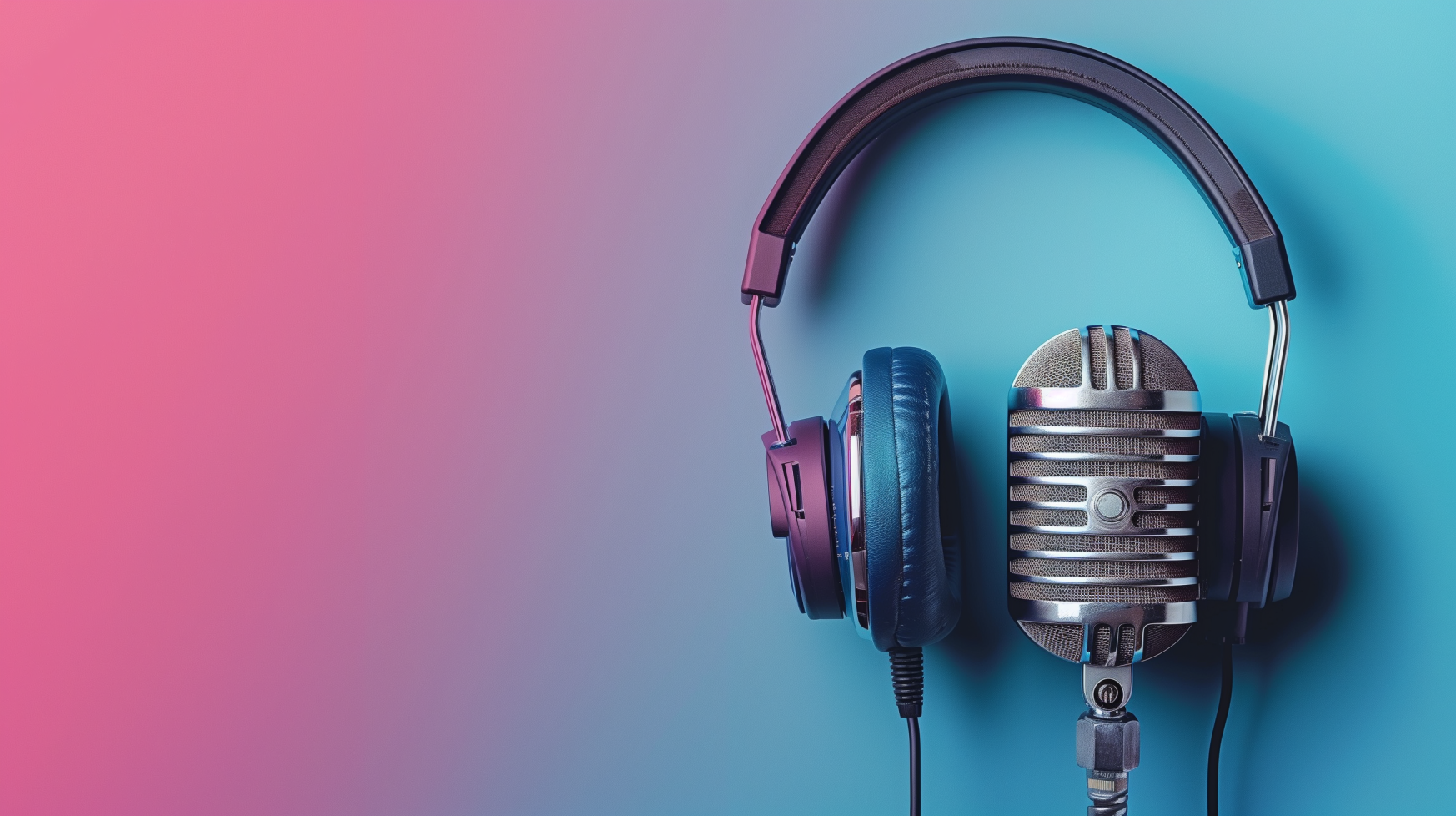
Subscribe to Day In Tech History:
RSS Feed - iTunes - Android - Spotify - iHeartRadio
Facebook -
- RSS Bandwidth by Cachefly Get a 14 Day Trial
- Join me on Patreon and support Day in Tech History
- 1657 – The first Pendulum Clock
- 1884 – Coney Island’s first gravity powered Roller Coaster
- 1988 – Intel releases the i386DX
- 1999 – Windows 98 SP1 is released
- 2008 – Google Docs gets PDF Support
- 2009 –iPhone OS 3.0
